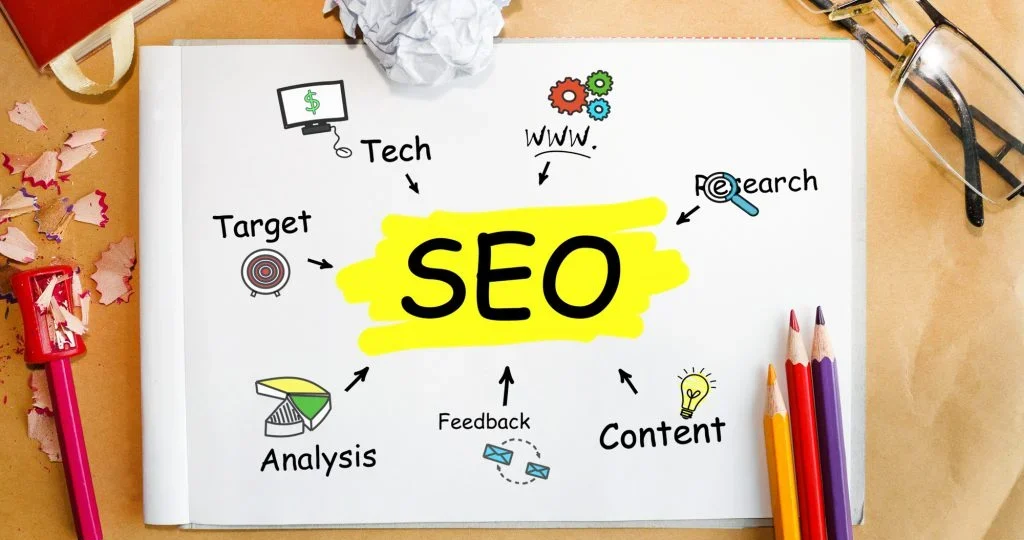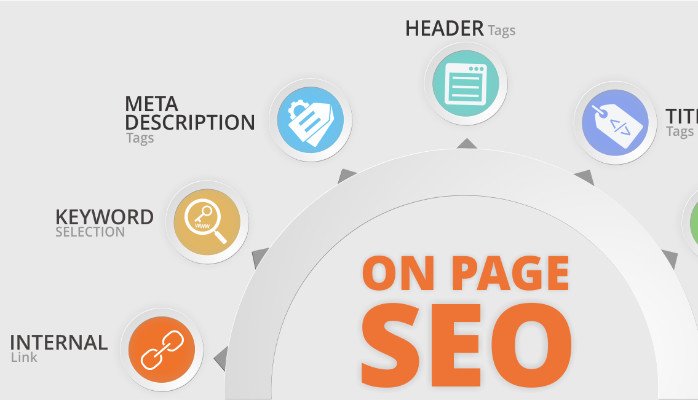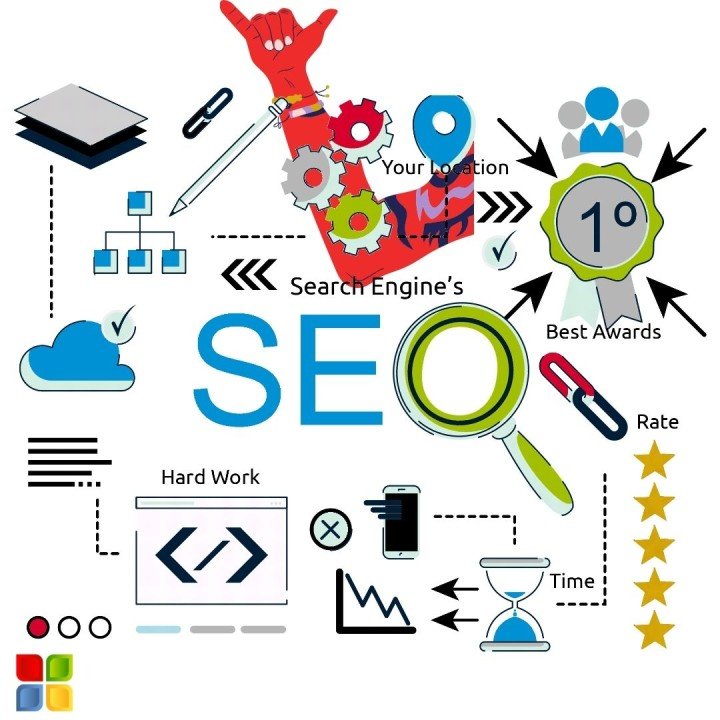Boost Your Website’s Ranking with These Proven Content Optimization Techniques
February 25, 2024 | by seotoolsethub.com

Content optimization is a crucial aspect of digital marketing that involves making strategic changes to your website’s content in order to improve its visibility and ranking on search engine results pages (SERPs). In today’s competitive online landscape, it is essential for businesses and website owners to understand the importance of content optimization and how it can positively impact their online presence.
When users search for information or products on search engines like Google, they are presented with a list of relevant websites based on the keywords they used. The higher a website ranks on these SERPs, the more likely it is to receive organic traffic. Content optimization techniques help improve your website’s ranking by ensuring that your content is relevant, high-quality, and easily accessible to both users and search engine crawlers.
Key Takeaways
- Content optimization is crucial for improving website ranking
- Keyword research is essential for effective content optimization
- High-quality content is necessary for better search engine visibility
- On-page SEO factors should be optimized for improved ranking
- Social media can be leveraged for content promotion and increased traffic

Understanding the Importance of Content Optimization for Website Ranking
Search engines use complex algorithms to determine how websites should be ranked in their SERPs. While these algorithms take into account various factors such as backlinks, site speed, and user experience, content quality and relevance play a significant role in determining a website’s ranking.
High-quality content that provides valuable information or solves users’ problems tends to rank higher because search engines prioritize delivering the best possible results to their users. By optimizing your content with relevant keywords and ensuring its quality meets user expectations, you increase your chances of ranking higher on SERPs.
Content optimization also improves website visibility by making it easier for search engine crawlers to understand what your site is about. When you optimize your content using targeted keywords in strategic places such as headings, meta descriptions, and alt tags for images, you provide clear signals about the topic of each page. This helps search engines index your site more accurately and display it when users enter related queries.
Conducting Keyword Research for Effective Content Optimization
Keyword research is an essential step in any successful content optimization strategy. It involves identifying the words or phrases that users are likely to use when searching for information related to your website’s topic. By understanding the keywords that are relevant to your target audience, you can create content that aligns with their search intent and increase your chances of ranking higher on SERPs.
There are various tools and techniques available for conducting keyword research. One popular tool is Google Keyword Planner, which provides insights into search volume, competition, and related keywords. Other tools like SEMrush and Ahrefs offer more advanced features such as competitor analysis and keyword difficulty scores.
When using keywords in your content optimization strategy, it is important to strike a balance between relevance and over-optimization. Keyword stuffing or unnaturally using too many keywords can harm your website’s ranking as search engines penalize such practices. Instead, focus on incorporating keywords naturally within the content while ensuring it remains informative and engaging for users.
Crafting High-Quality Content for Better Search Engine Visibility
| Keyword Density | The percentage of times a keyword appears in the content compared to the total number of words. |
| Readability Score | A measure of how easy it is to read and understand the content. |
| Backlinks | The number of links from other websites that point to the content. |
| Engagement Metrics | The amount of time users spend on the page, bounce rate, and social shares. |
| Metadata | The title tag, meta description, and other HTML elements that provide information about the content to search engines. |
High-quality content :
High-quality content is at the core of any successful content optimization strategy. When creating content for your website, it is important to prioritize providing value to your audience by offering informative, engaging, and well-researched articles or blog posts.
To create high-quality content that resonates with both users and search engines:
1. Understand Your Target Audience: Research their needs, pain points, interests, and preferences so you can tailor your content accordingly.
2. Conduct Thorough Research: Gather accurate information from reliable sources before writing about a specific topic.
3. Use Clear Language: Write in a way that is easy to understand for readers of all levels of expertise.
4. Structure Your Content: Use headings (H1-H6) to break up text into logical sections that make it easier for readers to navigate through the article.
5. Incorporate Visual Elements: Include relevant images or videos throughout the text to enhance user engagement.
6. Optimize Readability: Use short paragraphs or bullet points to make the content more scannable and digestible.
7. Proofread and Edit: Ensure your content is free from grammatical errors, typos, and factual inaccuracies.
By consistently creating high-quality content that meets the needs of your target audience, you can establish yourself as an authority in your industry and improve your website’s visibility on search engine.
Optimizing Content for On-Page SEO Factors
Utilizing Meta Tags and Descriptions for Improved Ranking
Meta tags are snippets of code that provide information about a webpage to search engines. While they are not visible to users, they play a crucial role in content optimization by providing additional context about the page’s content.
The two most important meta tags for content optimization are the meta title tag and meta description tag. The meta title tag appears as the clickable headline on SERPs, while the meta description tag provides a brief summary of what users can expect from the page.
To optimize these meta tags effectively:
1. Include Relevant Keywords: Incorporate targeted keywords naturally within both the title and description tags.
2. Keep it Concise: Ensure that both tags accurately represent the content while keeping them within recommended character limits (around 60 characters for titles and 160 characters for descriptions).
3. Write Compelling Copy: Craft engaging copy that entices users to click through to your website by highlighting unique selling points or offering solutions to their problems.
4. Avoid Duplicate Content: Each page should have unique title and description tags that accurately reflect its specific content.
5. Regularly Review Performance: Monitor how well your current meta tags perform in terms of click-through rates (CTR) using tools like Google Search Console or Google Analytics, then make adjustments as needed.
By optimizing your meta tags effectively, you can improve your website’s ranking potential by increasing its visibility on SERPs and enticing more users to click through to your site.

RELATED POSTS
View all


